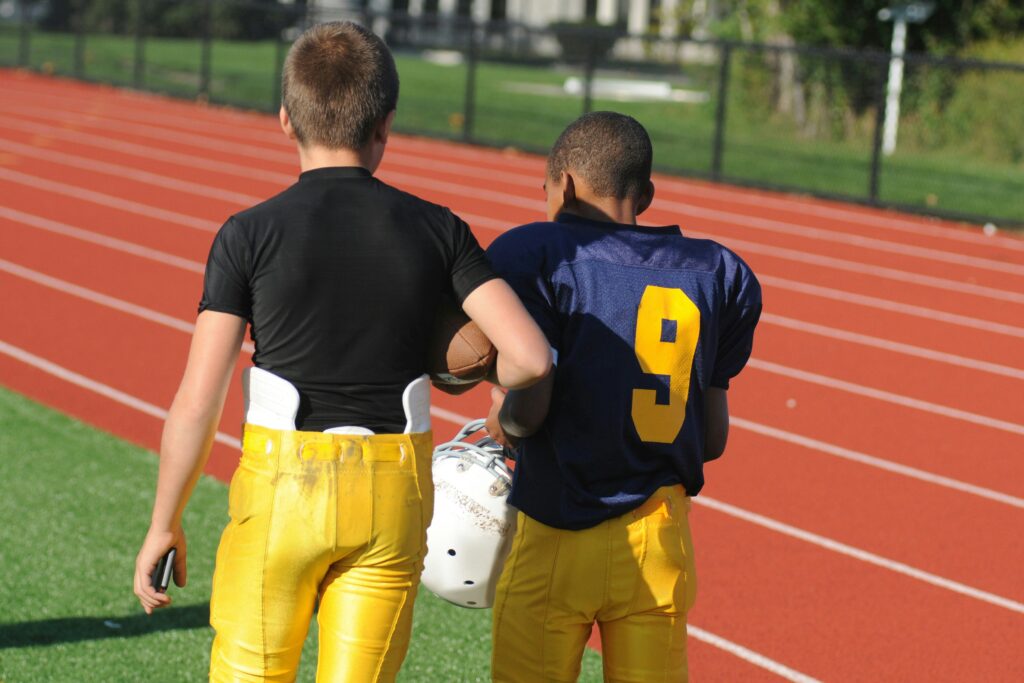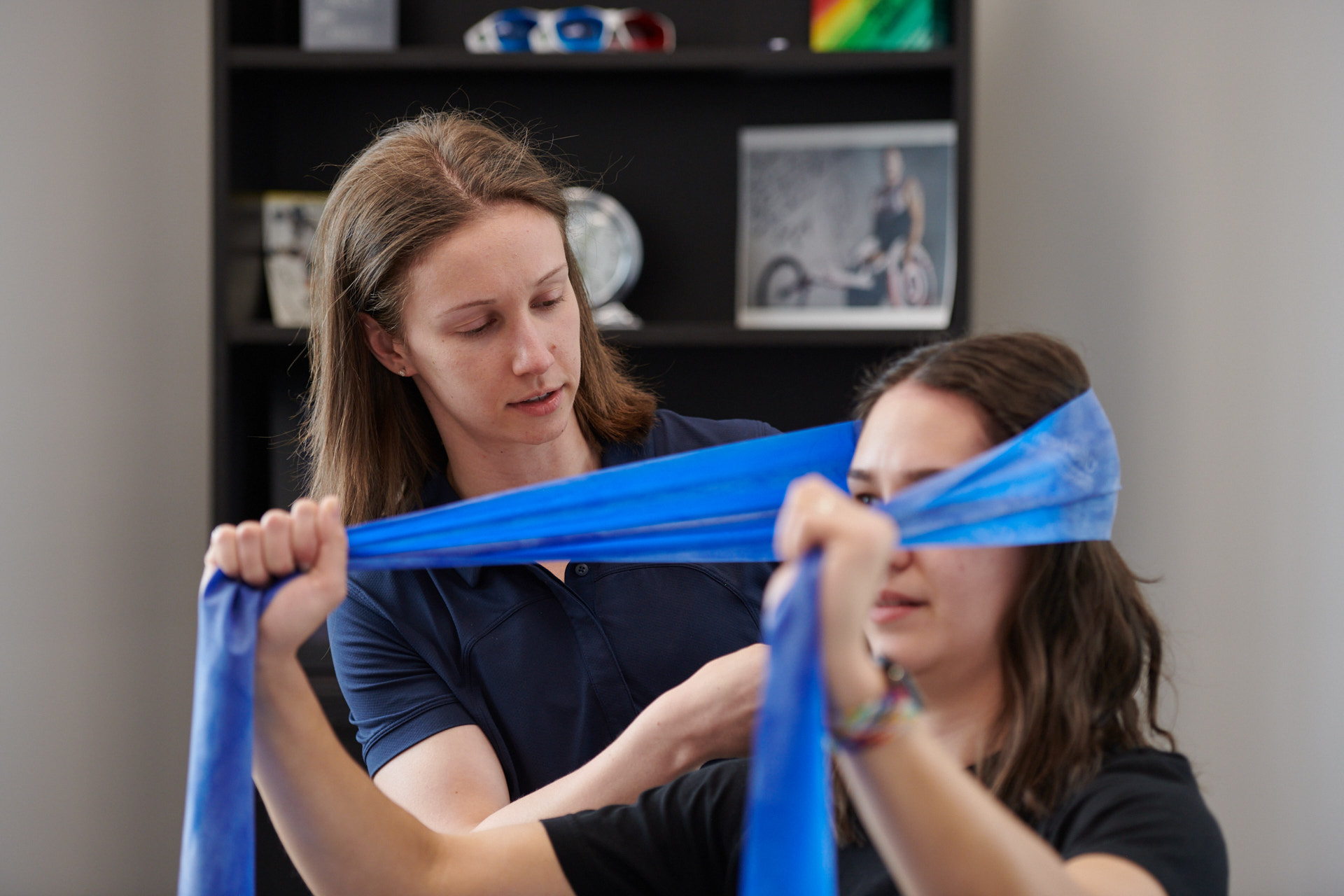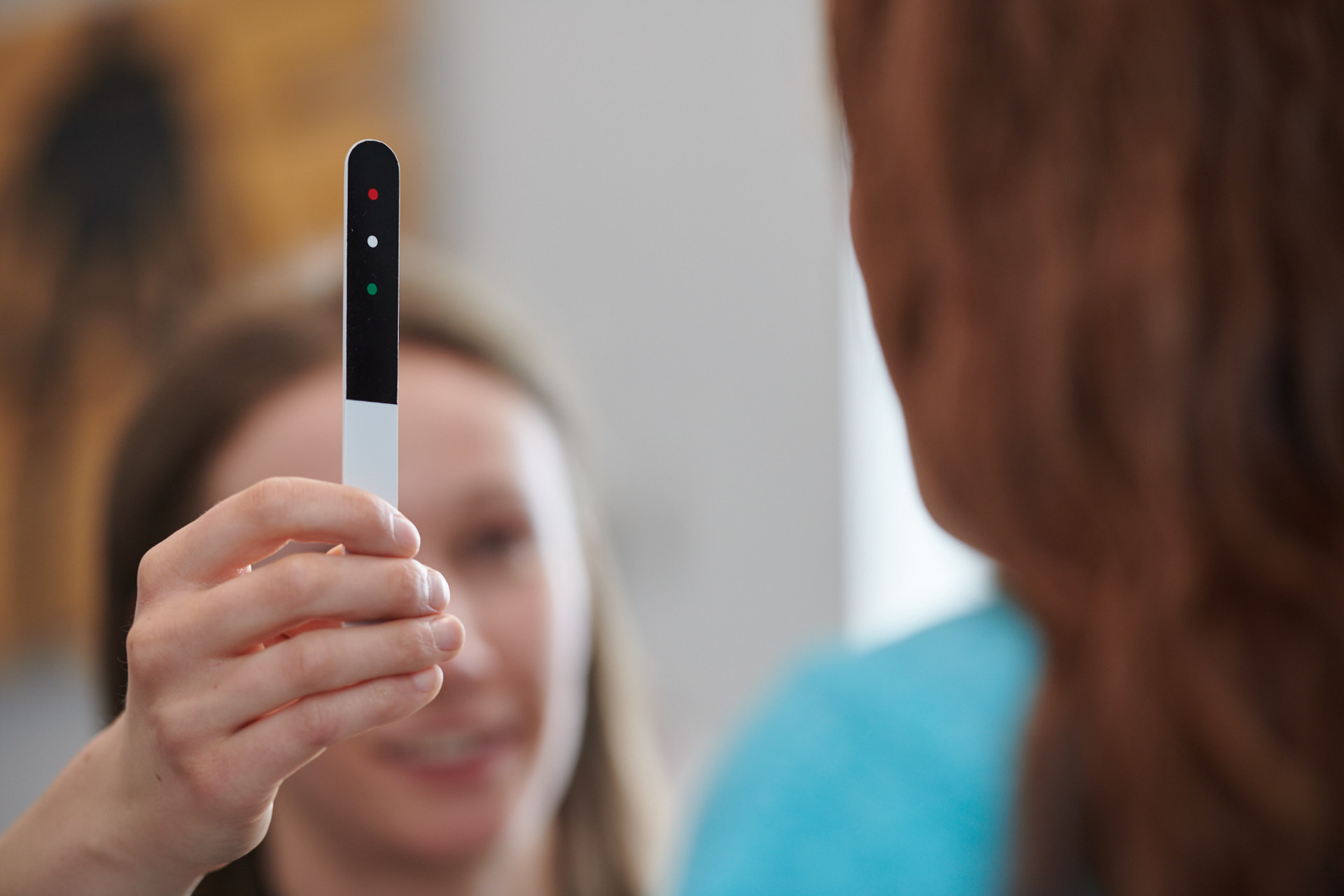A Guide to Concussion Recognition for the Volunteer Team Trainer.
In sports, volunteer team trainers provide the critical function of safeguarding our young athletes. One associated task that they deal with and is often complex is recognizing and responding to concussions. This kind of task can be hard to achieve especially in youth sports where the trainer, in many cases, is a parent with no formal medical background.
This article provides information for team trainers on how to properly assess concussions, what to do in the event an athlete may have sustained a concussion and how to communicate with parents, coaches, or athletes about concussion protocol and safe return-to-play decisions.
Understanding Concussions
A concussion is a type of traumatic brain injury (TBI) caused by a direct impact to the head, face, neck, or body that transmits a sudden force to the brain. Symptoms associated with this injury can vary widely from athlete to athlete and include any combination of mental, physical, emotional, or sleep-related difficulties. Contrary to popular belief, loss of consciousness is not a common occurrence with concussion. It is reported that most patients with a concussion do not blackout.
A concussion is one such brain injury that can be difficult to diagnose as the symptoms are variable and may not set in immediately. Some players might feel okay immediately after the blow but will begin to present with concussion signs several hours later. This is why it is important to be attentive to your athletes and be on the lookout for common signs and features of concussion.
Symptoms and Signs of a Concussion
Concussion symptoms can vary from one person to the other, and symptoms can also evolve in different ways over time. As a team trainer, you should know and understand both the acute (immediate) and ongoing or delayed symptoms of a concussion. Here are some of the key signs and symptoms to be cautious of:
Physical Symptoms:
- Headache or pain in your head
- Dizziness, feeling off-balance, or problems with motion
- Feeling nauseous or sick to your stomach
- Sensitivity to light or noise
- Blurred vision, or eye strain
- Fatigue or drowsiness
Cognitive Symptoms or Changes in Thinking:
- Confusion or feeling “foggy”
- Difficulty concentrating or remembering
- Slowed reaction times
- Trouble with basic tasks, such as following directions
Emotional Symptoms:
- Irritability or mood swings
- Anxiety or nervousness
- Feeling sad or more emotional than usual
Sleep-Related Symptoms:
- Trouble falling asleep
- Waking up frequently during the night
- Sleeping more than usual
- Morning fatigue (not feeling restored after a night’s sleep)
Symptoms that may reflect a more severe injury (and require emergency medical attention) include:
- Loss of consciousness (even briefly)
- Seizures or convulsions
- Repeated vomiting
- Increasing confusion, restlessness, or agitation
- Worsening headache or inability to wake up fully
If you see any of these severe symptoms, it is important to get emergency medical help at once.
“When in Doubt, Sit Them Out”
One of the slogans in concussion management is, so to speak, ‘When in doubt, sit them out.’ This principle is simple yet important: should there be any doubt or concern in your mind about your athlete’s symptoms, demeanour, or physical performance that would point to a suspected concussion, then that athlete must be removed from competition straight away until they are evaluated and deemed fit to play by appropriate medical personnel.
Going back to play too soon after suffering a single concussion can have serious consequences on an athlete’s health and well being. A second impact, even a minor one, may lead to what is known as Second Impact Syndrome (SIS). This is a rare but catastrophic clinical condition that results in rapid brain swelling after a second injury, leading to severe disability and in some cases death.
The challenge, of course, is that you may come under pressure from coaches and parents and even the athletes themselves who wish to continue playing. It is critical that you stand by your decision to keep the athlete out of play. No game, tournament, or competition is worth putting a young athlete’s health or life at risk.
Using the Concussion Recognition Tool
The Concussion Recognition Tool 6 (CRT6) is a valuable tool that can be used for concussion screening and was developed by experts in the Concussion in Sports Group during the 6th International Conference on Concussion in Sport (1,2). This tool is designed to be used by non-qualified personnel, such as volunteer trainers, coaches, parents, and other similar individuals. It offers a simple and clear algorithm that can be used to evaluate if an athlete may be suffering from a sports concussion. Here’s a summary explanation of how it works:
1. Red Flags: The very first thing is to identify any red flags that would indicate emergency medical attention is needed. These include but are not limited to, immediate neck pain, weakness or limb tingling or numbness, moderate to severe or worsening headache, any form of a seizure or convulsions, loss of vision or double vision, increased confusion, increase in agitation, or loss of consciousness.
If such red flags are present, you should Call 911. If the athlete still hasn’t gotten up from the ice or the field, do not try to pick them up, and do not remove their helmet.
2. Visible Clues of Concussion: Next, identify for potential signs that a concussion may have occurred. These may include: the athlete lying on the hockey rink motionless, a dazed, blank, or vacant expression on the athlete’s face, taking a long time to get up from the ground, looking very dizzy and unable to stand up anymore. All the signs mentioned above are cause for concern and would prohibit any further sports participation until that athlete has been medically assessed.
3. Symptoms: Ask the athlete to describe to you how they are feeling. The CRT6 gives you a list of various concussion symptoms for self-evaluation. Is the athlete experiencing a headache, dizziness, nausea, or any of these symptoms? Remember that the athlete might minimize their symptoms in order to keep playing, and that is when you need to use your experience. Removal from play should occur in the presence of any symptom consistent with concussion.
4. Awareness: Finally, test the athlete’s memory and level of awareness by asking simple questions like, “Where are we today?” or “Which team won the last game?” Difficulty answering these questions could suggest a concussion.
Any suspected concussed athlete should be removed from practice or play without delay and given a medical assessment prior to returning to any sport regardless of the changes in signs or symptoms. The CRT6 is a very valuable instrument for non-medical personnel, and aids in the assessment and management of concussions on the field or the ice. Trainers should review the document at least once prior to the beginning of the season so that they are prepared should a potential concussion incident arise.
Navigating Pressures from Parents, Coaches, and Athletes
There are instances where volunteer trainers may encounter problems with parents, coaches, or athletes who want their child or student to ‘play’ despite the trainer’s unease. This can be tough to deal with as well, especially in instances where the trainer is put on the hot seat.
This is how one should deal with these situations:
1. Communicate Clearly and Confidently: Explain why the athlete was taken out of play and your reasoning for the decision. Explain that you are making the decision for the safety of the athlete and that nothing is of higher priority than their health.
2. Stick to the Facts: Follow up on the suggestions and the guide provided by the Concussion Recognition Tool. If it suggests that the athlete may have a concussion, explain that the athlete needs to be evaluated by a healthcare professional before returning to play. Many professionals in the field have supported use of the CRT6.
3. Involve a Healthcare Professional: If the circumstance allows it, a healthcare practitioner should be included in the team. If there is a team physician or other medical personnel, talk to them and jointly arrive at a decision. This can strengthen your stance as well as reduce the stress from others.
4. Be Prepared for Pushback: Know that your actions will not be admired by all, and that that’s perfectly acceptable. Your responsibility is to the athlete’s health and safety, not to make everybody happy with you. Stand firm in your decision, even if it’s unpopular.
5. Follow-Up: After an athlete has been removed from play, be sure to contact them later on, and their parents too. This shows that you care about the athlete’s well-being and helps reinforce the seriousness of the situation.
Volunteer team trainers play a crucial role in protecting young athletes from the dangers of concussions. By familiarizing yourself with the signs and symptoms of concussions, using the Concussion Recognition Tool, and adhering to the “When in doubt, sit them out” principle, you can help ensure that athletes receive the care they need and avoid returning to play too soon.
Remember that you play an important role in safeguarding the health and wellbeing of the athletes you support. No doubt, this is a huge duty to bear. Nevertheless, with proper knowledge and tools at hand, you can perform your duty as a team trainer with confidence and make a valuable contribution to the lives of your young athletes.
References:
1. Patricios JS, Schneider KJ, Dvorak J, et al. Consensus statement on concussion in sport: the 6th International Conference on Concussion in Sport-Amsterdam, October 2022. Br J Sports Med. 2023 Jun;57(11):695-711.
2. Sport Concussion Recognition Tool 6th Edition (CRT6). Developed by the Concussion in Sport Group, 2023.






